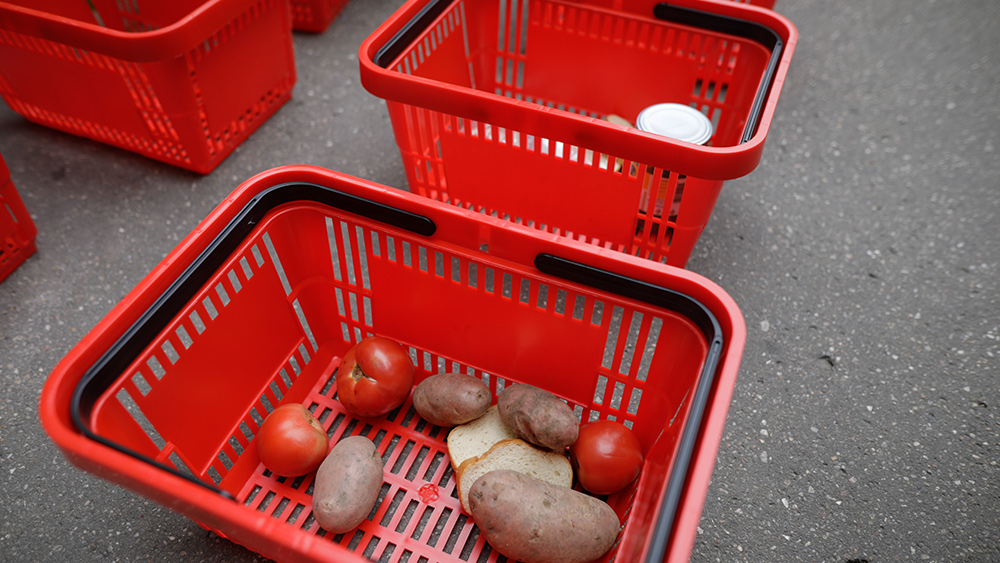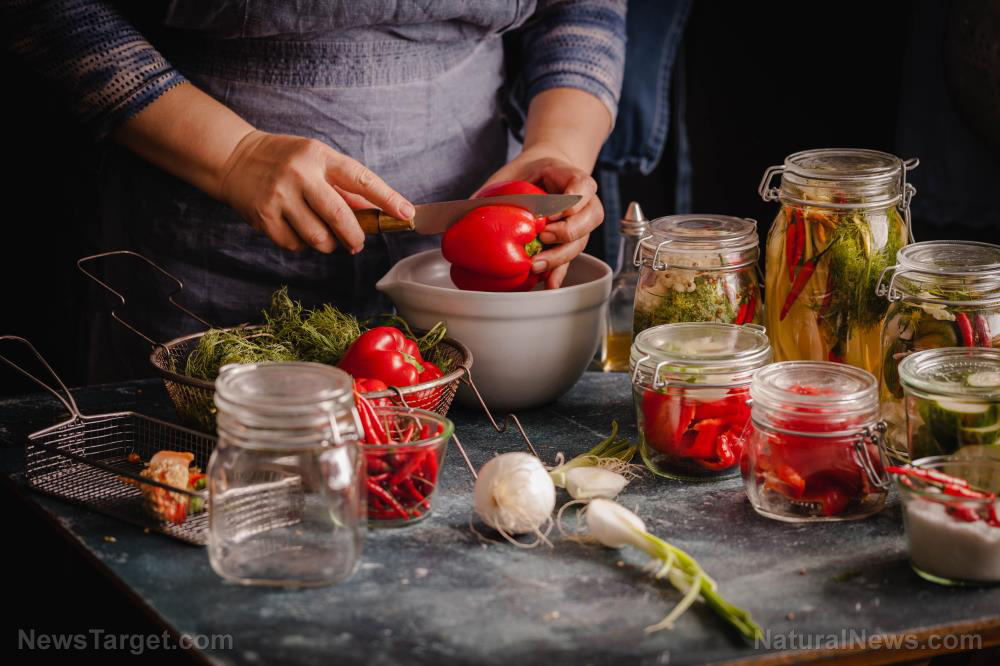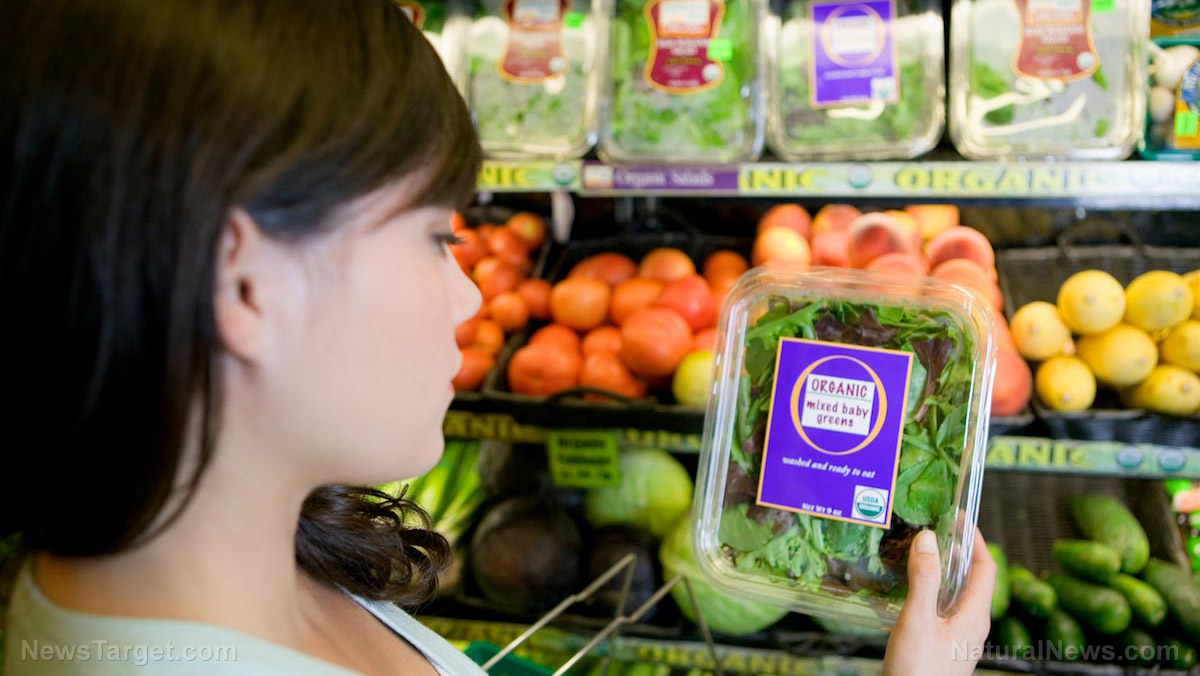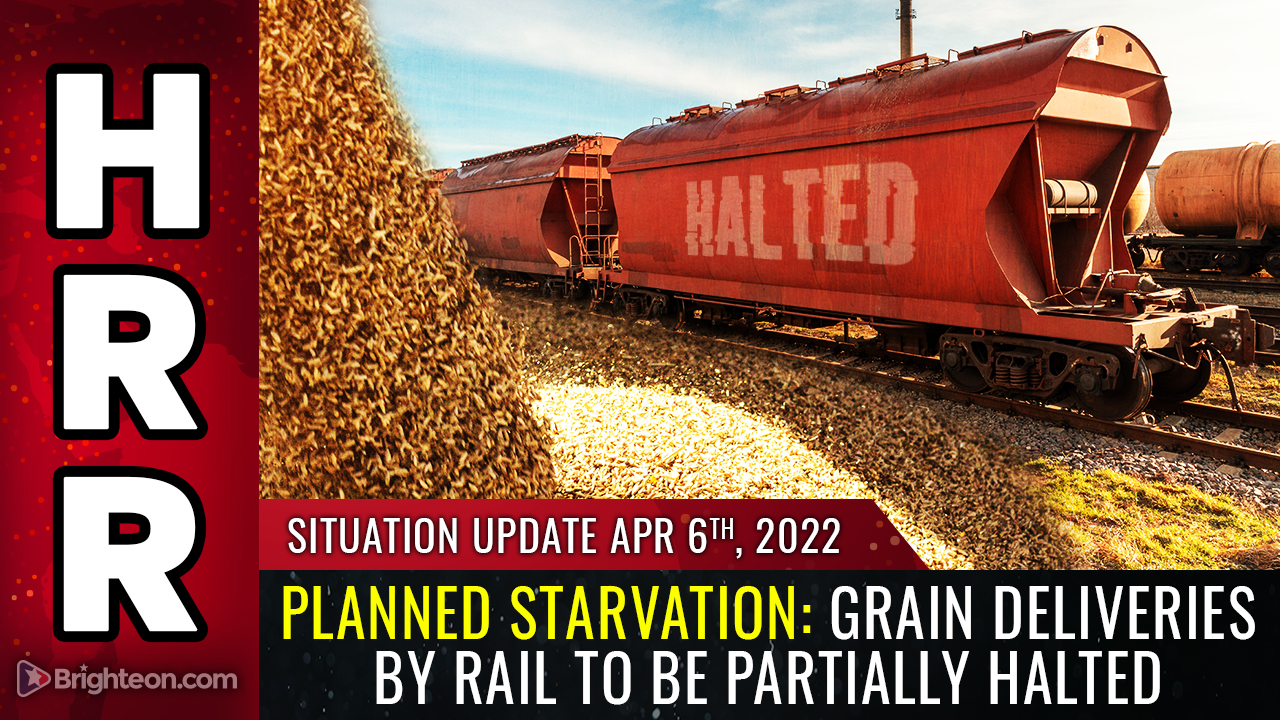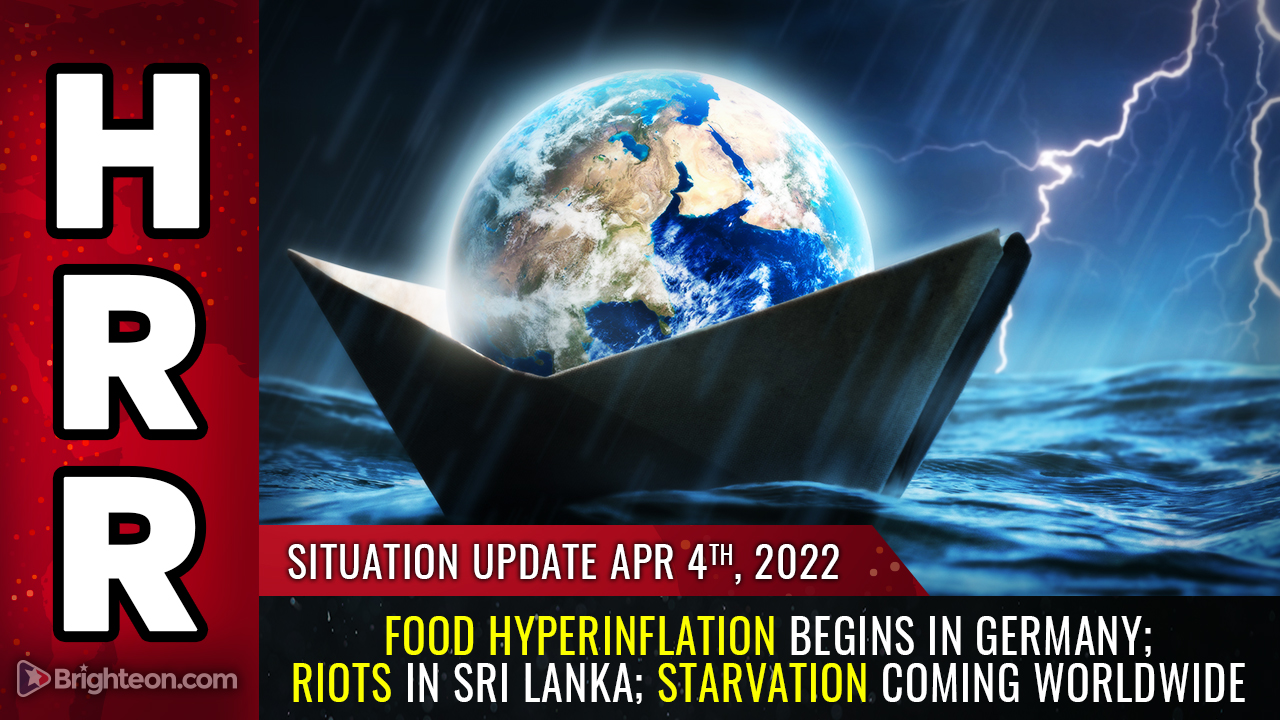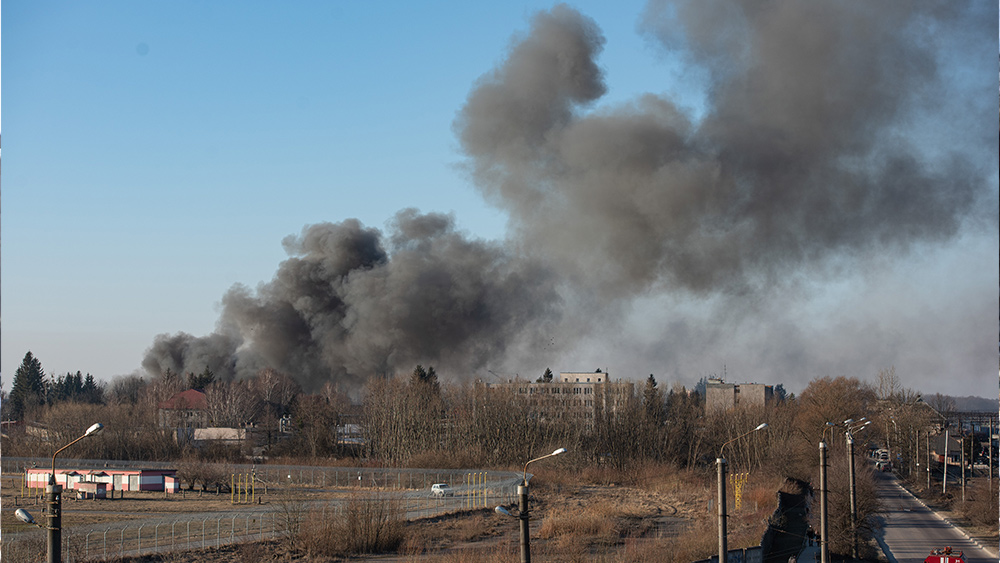A short history of food rationing in the United States
03/04/2019 / By Vicki Batts

When we think of food rationing, we often think of the bread lines depicted in other countries like Germany or those within the former Soviet Union. But history often glosses over the fact that the United States was subject to rationing of a variety of materials and supplies — including food — during its history. In fact, rationing occurred in the U.S. during both World War I and World War II. And it may come again, as the makings of World War III brew on the horizon.
After the United States entered the first World War, the U.S. Food Administration was created to help maintain the wartime food supply, as well as the distribution, conservation and transportation of food. In order to provide enough food to soldiers and allies, the administration encouraged citizens to eat more fruits and vegetables that could not be exported. “Meatless Tuesdays” and “Wheatless Wednesdays” were popular ways to promote voluntary modifications of American dietary habits, and bolster the amount of necessary food that could be shipped over to those fighting in the war. Coupled with local food boards that were established to educate citizens on how to can their own food and how to cook filling meals without these essentials were crucial to the success of WWI food rationing initiatives. Food consumption in the states dropped by 15 percent during WWI.
During WWII, rationing of food and other supplies again took a foothold in society. Gasoline rationing began in 1942, along with tires. But soon after, food rationing joined the party. As History.com explains, “On January 30, 1942, the Emergency Price Control Act granted the Office of Price Administration (OPA) the authority to set price limits and ration food and other commodities in order to discourage hoarding and ensure the equitable distribution of scarce resources.” Ration books that were filled with stamps were given to citizens. These stamps were then used to purchase scarce goods. By March of 1943, vouchers were required to purchase meat, cheese, coffee, fats, canned fish, canned milk and other processed foods, as they had all joined the list of rationed items.
Every American was “entitled” to a number of ration books, and approximately 91 percent of them applied to receive them. There was also a “points system,” wherein the OPA allotted a certain number of points to be used for each food group. Citizens were allowed to use 64 “red points” to buy things like fresh meat, fish or dairy products each month, and 48 “blue points” to buy canned, bottled or dried foods. Eventually, even fresh foods and produce became hard to get, especially due to the gasoline rationing.
The rationing programs came with several rules, and there were steep consequences for breaking them. Hefty fines and even jail time were possible punishments for non-compliance with the rationing efforts.
With the way things are going, it is possible that we may again see food rationing in the United States someday, and perhaps even soon. Between the massive ocean die-offs and mass poisoning of the environment, we’ve got enough to worry about — never mind the fact that World War III is potentially in our very near future.
Sources include:
Submit a correction >>
Tagged Under:
food, food collapse, food rationing, food supply, history, US government
This article may contain statements that reflect the opinion of the author
RECENT NEWS & ARTICLES
COPYRIGHT © 2017 FOOD FREEDOM NEWS



